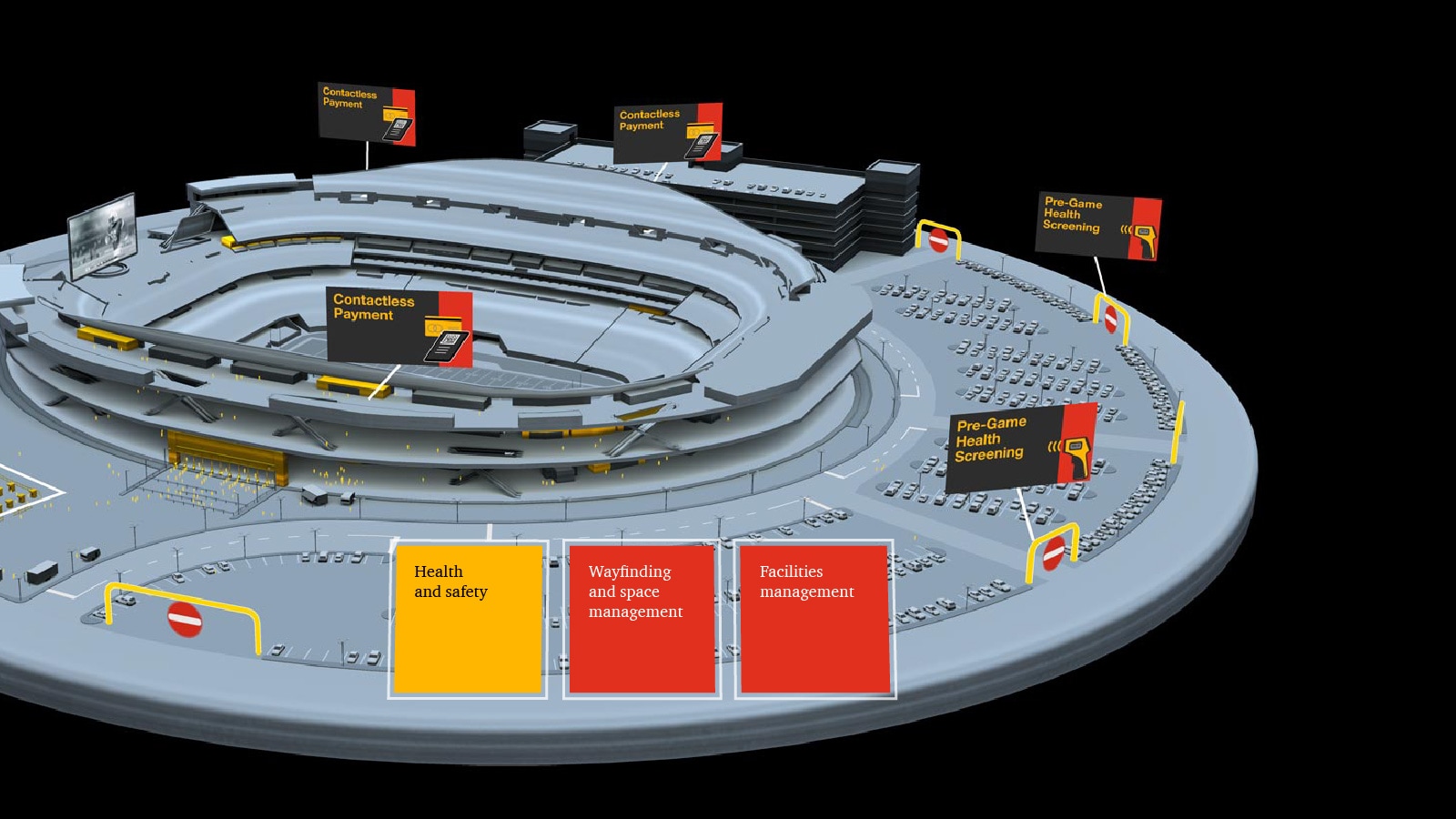Every snap in a pro football game is like a chess match. Crafting and executing a game plan combines speed, power and calculated strategy built on analysis and prediction. So it’s no surprise that teams have embraced data and technology to help them gain an edge wherever they can.
Football fans may have seen some of this technology in action: coaches using Microsoft Surface tablets on the sidelines to keep tabs on in-game results and player health, broadcasters rattling off advanced performance metrics. Now PwC and Microsoft are collaborating to unleash a whole suite of transformative technology built on Microsoft Azure and Microsoft Dynamics 365, at all levels of the game.
These innovative new ways to harness data offer profound applications far beyond football. Your business may not deal in seven-step drops, but mastering agility, risk management and informed decision-making is critical for a smart strategy, no matter the field of play.
Explore how these data-powered use cases can transform your teams, facilities and customer experiences.

















